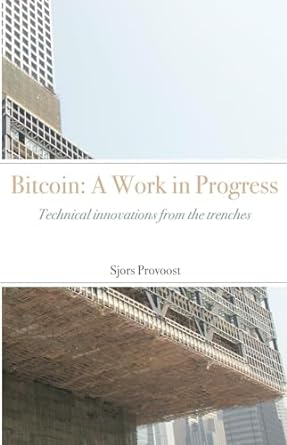Question
Electric Boat Corporation (EBC) designs, manufactures, and markets several lines of sporting boats designed to be powered by proprietary electric engines. The company is evaluating
Electric Boat Corporation (EBC) designs, manufactures, and markets several lines of sporting boats designed to be powered by proprietary electric engines. The company is evaluating the development of a new line of power boat called the Cruiser 2, and this would require an expansion of its production plant to enable it to produce the Cruiser 2 for the next 5 years. Last year, the company spent $275,000 to do marketing research analysis to estimate market demand for a new power boat line. The company also spent last year $150,000 for an engineering analysis for the new electric engine for the Cruiser 2. The current expansion scenario would have total construction costs of $11.55 million and it would take about 6 months to complete (i.e., essentially up-front). EBC would also put in $7.13 million of new production machinery and equipment. Inventory (raw materials, work-in-process, finished goods) investment needed for the expansion to get started would be $2.33 million. Except for the inventory investment, the total upfront investment can be completely depreciated assuming no salvage value using the straight-line method over four (4) years (which is comparable to an accelerated depreciation method for income tax purposes). The company expects to incur $1.2 million in incremental annual interest expense, and the company expects it could increase annual dividends by $0.01 per share (there are 10 million shares outstanding). Incremental sales for this project are based on forecast demand of 490 units in the first year; 500 units in the second year; 510 units in the third year; 520 units in the fourth year; and, 530 units in the fifth year. Average sales price per unit is expected to be $70,000 in Year 1; $73,000 in Year 2; $76,000 in Year 4; $79,000 in Year 4; and $82,000 in Year 5. Cost of goods sold is estimated to be 80% of total sales each year, and incremental fixed costs are estimated to be $2.1 million per year. At the end of the projects estimated life, the company estimates it could sell the purchased machinery and equipment for $1.1 million and the expected the book value for these items would be zero at that time. Also at the end of the project, $830,000 of inventory could be liquidated at its original cost (with no income tax effect). The companys income tax rate is expected to be 25% for ordinary income and 21% for capital gains income. If EBC does this project, it will immediately sell some existing surplus equipment for a price of $1.25 million which has a current book value of $0.7 million and which would have future depreciation of $175,000 per year for the next four years. EBCs weighted average cost of capital is 12.50%, and EBC it believes this project should earn at least a 16.00% average annual return.
solve the below questions using the excel spreadsheet.
5. Is(Are) there any irrelevant cash flow(s) mentioned in this problem? If so, what is(are) it(they)?
6. Are there any sunk costs for this project? If so, what are they?
Step by Step Solution
There are 3 Steps involved in it
Step: 1

Get Instant Access to Expert-Tailored Solutions
See step-by-step solutions with expert insights and AI powered tools for academic success
Step: 2

Step: 3

Ace Your Homework with AI
Get the answers you need in no time with our AI-driven, step-by-step assistance
Get Started


